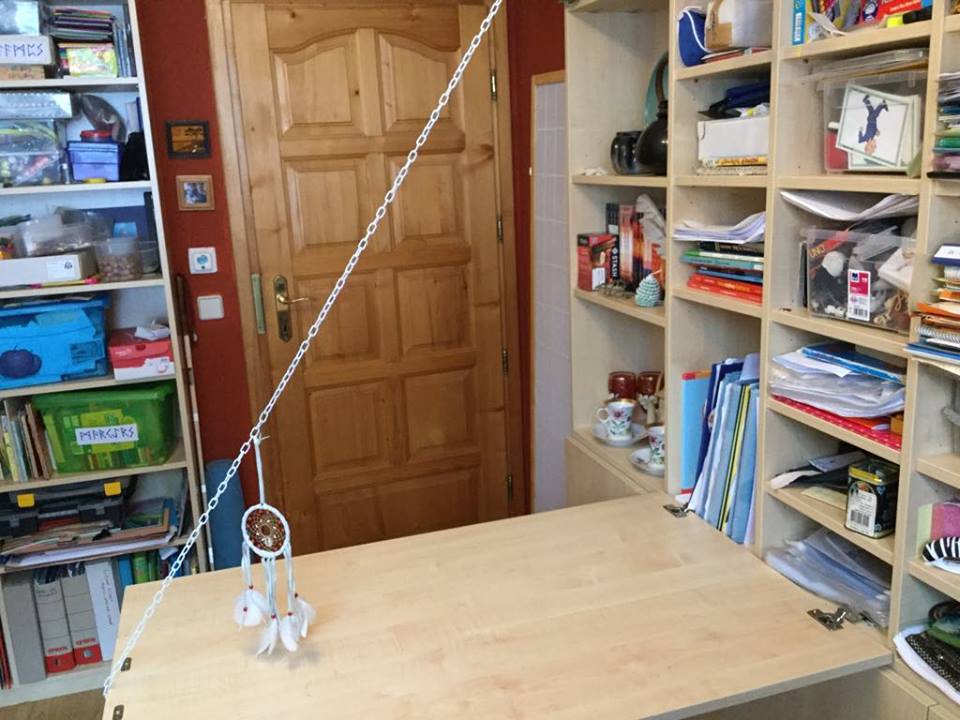Note to younger self
/If you could send a message back in time, what would you tell yourself as a child being bullied?
I was recently asked this question as an intellectual exercise, but I had to wonder at the deeper reasons for the question. Is there something we can learn from adult memories of bullying or retrospective advice that might provide some practical help for those in similar circumstances today.?
My experience is only mine. It is particular and specific, possibly too specific to be applicable to others. But I do know this. There are things I did not hear from adults or peers that would have helped and some things I heard a whisper of but not enough. I know there are ideas that would have helped because I eventually found these ideas myself and they helped a great deal.
But I had to invent this wheel and the chariot that rode on it. No one gave ,me the pieces. It is possible, of course, that someone tried and I didn’t listen. Or that I wouldn’t have understood these things as a child, even if someone had told me. But I don’t think so. I think these words would have helped.
So for what its worth and in case someone out there must give advice to a child facing pervasive bullying or social ostracism, here is what would have helped me: .
Yeah, the kid in red and black with unmatched socks looking hopefully toward all the kids in pastel colors, that’s me in first grade.
1. It is not you. It is them.
2. It is not you. It is them.
3. It is not you. It is them.
4. Even if there is something you could do to make them bully and ostracize you less, it would only be less. You didn’t do something to “bring it on yourself.” Adults who say that want to believe it because they don’t want to believe kids will really do this to a disabled child for no good reason. It makes them really uncomfortable about the state of the world and the nature of humanity. And they don’t want to take responsibility for making ethics education a major priority. It is not your fault. You don’t have to figure out how to be more perfect. They are the problem.
5. “Social skills” are good. You should pay attention to well-meaning adults who try to tell you how to respond in ways that will help you. BUT those adults do not know what it is like. The social skills are a band aid to an epidemic. They are not worthless but your social skills are pretty average. You can figure out how to be a little more perfect, and maybe that will help. It will definitely help you win in job interviews someday. But it is still not your fault. It is them.
6. You are being bullied and ostracized because your eyes look different, because you are physically different and because of your family background. None of those things are actually bad about you. You are not the problem. The problem is in the minds of other people, in how they were brought up to be judgmental and bigoted and in the kind of society we have. It is not you. It’s them.
7. All the constant hype about how the most important thing in life and happiness is your friends, their number and their fun-ness, is wrong. People are only saying this to help kids who don’t get good grades feel that they aren’t a failure. There are plenty of ways to be happy without a bunch of friends. Find fun by yourself and with one or two friends. Being alone is not shameful or a failure. It can be lots of fun.
8. You are inherently an introvert. Even if you didn’t have a disability and you looked just like everyone else and you came from a typical family, you wouldn’t be the life of the party or the center of a crowd of friends. Some people get their energy from being with people. Some people get their energy from being alone. You will have fun with people but you need to be alone a lot. Being alone is not shameful or sign of a failure. Being alone will help you to be energized and to have fun with your friends when you do go hang out with them. Look at the things you actually like to do. Most of your hobbies, the things your really love, are hard to do in a big group and work better alone or with one or two friends.
9. Decide to be happy, even if no one will accept you. You will one day do this and you will be much happier. No one told me this, so it took me a long time to get. Maybe you could do it earlier and be happy sooner. Build yourself a happy life. Discover the joys of creating, art, writing and nature. Find work you love, no matter how little it pays. Focus on your passions and those good people who will stand by you, even if they aren’t perfect or if they live far away. You don’t need the rest of them to be happy.
10. Bullies shame themselves. Bullies destroy their self-respect. Self-respect is crucial to happiness. Your self-respect gets battered and bruised by being bullied but at least you still have yours. Theirs is gone forever, at least any honest self-respect. They can only ever lie to themselves about being a good person. I never did stoop to their level. but there were times I wanted to.
11. Don’t worry. Those adults who tell you that you have to fight back to stop bullying, even though you’re blind or one against ten and it is clearly a stupid idea—those people are just wrong and they think bullying is something completely different from what it really is. You really are worthy. Their sickness is their own problem.
12. You will be told to be quiet a lot. The people you trust most, your family and close friends will tell you to be quiet because it is hard for them to hear what is happening to you. When people exclude you, they will tell you to be quiet. They will tell you they are excluding you BECAUSE you are not quiet enough. They want your silence. A lot of people who have a disability or other difference have been silent. It does not help. Silence can help you to survive for a moment or two. Don’t be ashamed of the times you were silent to survive but know that it is not what you have a right to. You have a right to speak the truth. You have a right to be heard.
13. Those who love you need to listen, but it is hard for them to hear when you have been hurt so much that mostly what comes out is screaming. Start with “I feel…” State the feeling first. That helps them hear. When they still don’t listen, it is not your fault. It is not your fault that you are emotional or that your words don’t come out all concise and coordinated. Keep working at expressing yourself in ways people can understand. It is helpful. But there is no perfect. Being gentler and calmer will help sometimes. Sometimes it will make them comfortable with dismissing you. Being concise will help sometimes. Sometimes it will let them make their own assumptions.
14. You are enough. It won’t go away because it is them, not you. And you can’t change them without a major change in society. But you will escape from the power of bullies someday.
As i said, this is not a universal message. Bullying comes in different forms. For some kids it is only a few times. For some the physical part is worse than the psychological part, and for others it is visa versa. This is just my message to myself. It would have helped. Now I know what I needed to hear, what could have saved me a lot of dark years, but no one knew it then.
Those who meant well, meant well. They couldn’t know but maybe someone who knows a bullied child will discover a bit of transferable truth in it. I hope so. Feel free to share.

























